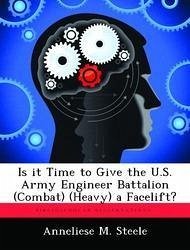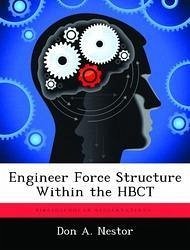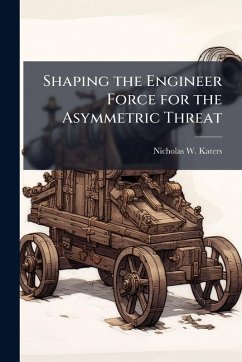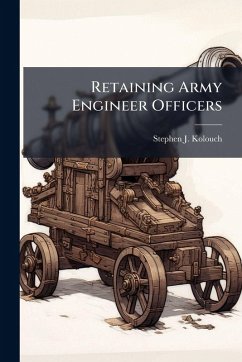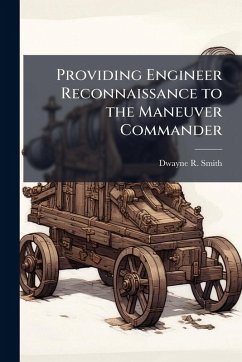
Improving Light Infantry Divisional Engineer Agility
The Key to Enhancing Their Mission Capability
Versandkostenfrei!
Versandfertig in über 4 Wochen
15,99 €
inkl. MwSt.

PAYBACK Punkte
8 °P sammeln!
This monograph examines the light infantry division engineer battalion's agility. The factors and organizational elements that affect agility are discussed. Organizational weaknesses in the light engineer battalion are examined and changes that will improve agility are recommended. The monograph first examines agility and develops an agility model used to assess the doctrinal capability of the light infantry division's engineer battalion. The monograph next examines historical experiences of infantry divisional engineers in World War II and selected reports and studies since then. Historical p...
This monograph examines the light infantry division engineer battalion's agility. The factors and organizational elements that affect agility are discussed. Organizational weaknesses in the light engineer battalion are examined and changes that will improve agility are recommended. The monograph first examines agility and develops an agility model used to assess the doctrinal capability of the light infantry division's engineer battalion. The monograph next examines historical experiences of infantry divisional engineers in World War II and selected reports and studies since then. Historical pitfalls in organizational design are mentioned. Then an analysis is made identifying common agility deficiencies and how they historically have been dealt with. From this analysis of historical experiences, conclusions are drawn that lead to a number of recommendations. Finally, thirteen recommendations are presented that increase the agility of the light infantry division engineer battalion. The recommendations address training, personnel, equipment, and organization. They are prioritized by their impact on agility and strategic deployability. High technology improvements such as night vision devices, remote firing devices, exotic explosives, and computers and increased firepower are not addressed. Instead, recommendations focus on more traditional means to enhance agility. This work has been selected by scholars as being culturally important, and is part of the knowledge base of civilization as we know it. This work was reproduced from the original artifact, and remains as true to the original work as possible. Therefore, you will see the original copyright references, library stamps (as most of these works have been housed in our most important libraries around the world), and other notations in the work. This work is in the public domain in the United States of America, and possibly other nations. Within the United States, you may freely copy and distribute this work, as no entity (individual or corporate) has a copyright on the body of the work. As a reproduction of a historical artifact, this work may contain missing or blurred pages, poor pictures, errant marks, etc. Scholars believe, and we concur, that this work is important enough to be preserved, reproduced, and made generally available to the public. We appreciate your support of the preservation process, and thank you for being an important part of keeping this knowledge alive and relevant.



